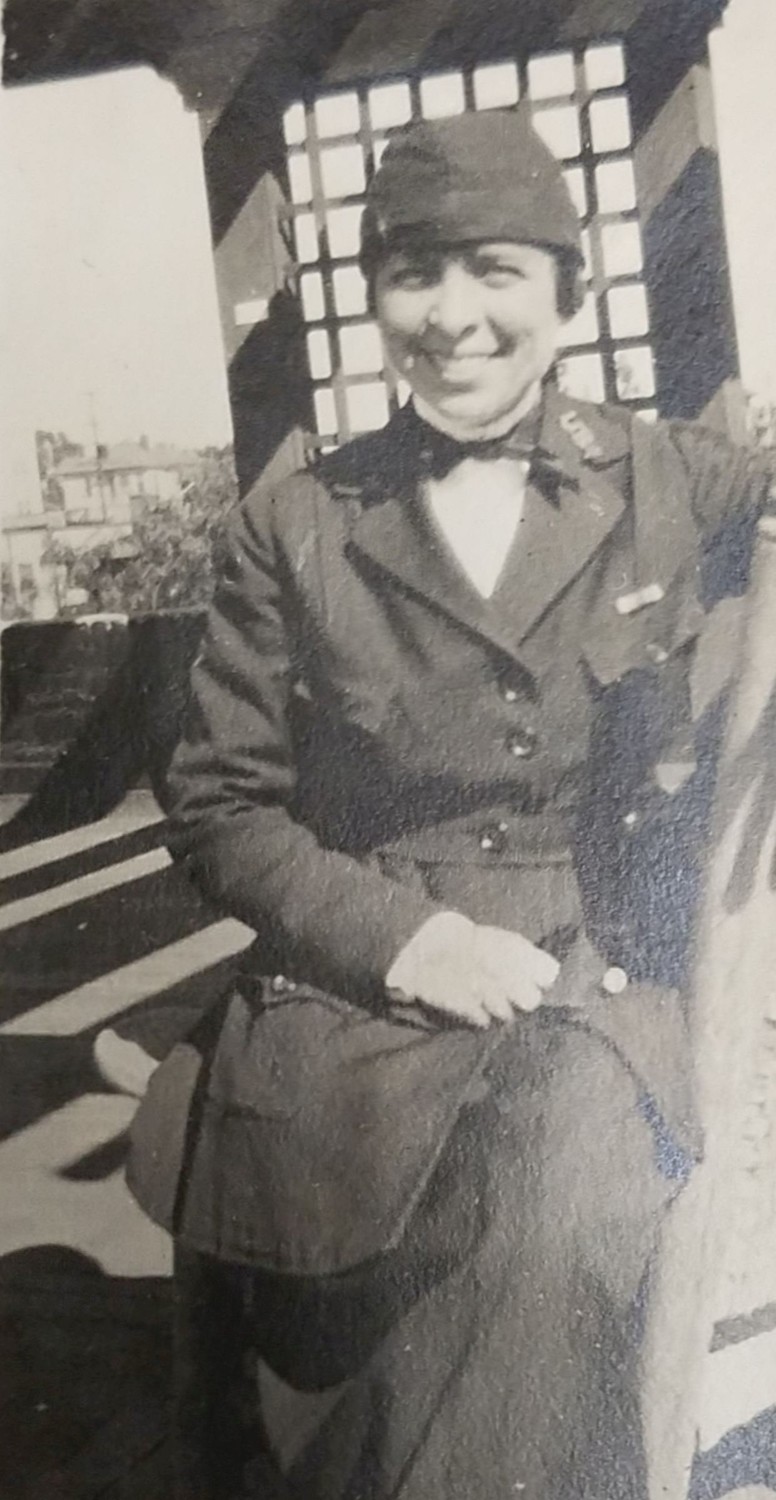A Lynbrook war story and a love story during World War I
This is the last installment of a three-part series written by Lynbrook Village Historian and author Art Mattson, who wrote “The History of Lynbrook” among other published works.
In the previous two installments, we have told the story of Rusha “Billie” Williams, who served in the Army Corps of Nurses during World War I, and fell in love with a soldier named Harvey “Bob” Cooper. In Part 2, the two were shipped off to different areas at the height of the war, unable to communicate.
When the war ended with the Armistice on Nov. 11, 1918, communication between the two war heroes and lovers became possible again. But the Armistice was not the end of the war for Rusha Williams and Harley Cooper. For Cooper, there were bodies to bury, prisoners of war to process and displaced civilians to feed. For Williams, there were the sick and wounded still to be cared for.
It took months to arrange a meeting. Finally, at Easter of 1919, they met in Mars sur Allies. The affection the two war heroes felt for each other was clearly evident in photos. And the bond forged by war lasted. In 1921, “Billie” and “Bob” were married in Lynbrook’s Christ Episcopal Church by none other than Harley’s brother, John V. Cooper, the church’s rector.
That same year, Williams and Cooper joined Lynbrook’s American Legion Post No. 335. Williams was the sole woman member and an officer. Cooper died in 1964, but Williams’ Lynbrook connection grew ever stronger. Two years later, she married a family friend, Paul E. Holm of Lynbrook. Holm is the composer and librettist of Lynbrook’s official village song, “Lynbrook USA.” Williams Holm died at age 85, and was buried in Greenfield Cemetery in Hempstead. She had lived at 19 Huntington Ave.
Author’s note: Rusha Williams’ scrapbook and uniform were donated to the Nassau County Archive by Virginia Murphy of Rockville Centre. The names of 12 soldiers from the Lynbrook area who died in World War I are listed on the base of the “Doughboy Monument” at Saperstein Plaza in Lynbrook. For more information on Lynbrook’s participation in various wars, see Mr. Mattson’s book, “The History of Lynbrook,” available at the Lynbrook Public Library and on Amazon.com






